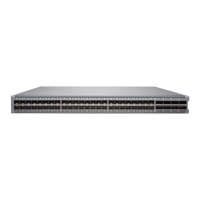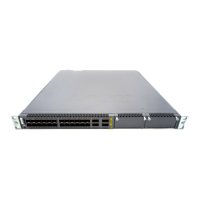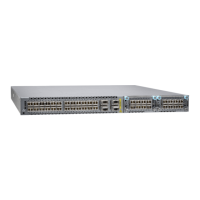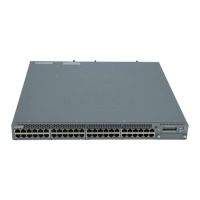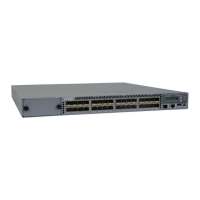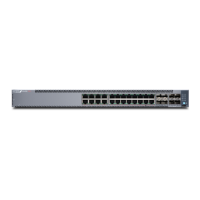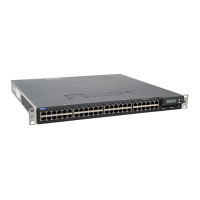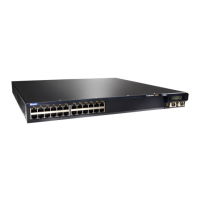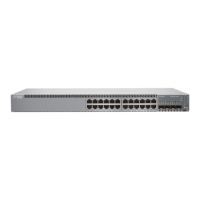Table 36: Alarm Terms and Definitions (continued)
DefinitionTerm
Alarms include the following types:
•
Chassis alarm—Predefined alarm triggered by a physical condition on the device such as a power
supply failure or excessive component temperature.
•
Interface alarm—Alarm you configure to alert you when an interface link is down. Applies to
ethernet, fibre-channel, and management-ethernet interfaces. You can configure a red (major)
or yellow (minor) alarm for the link-down condition, or have the condition ignored.
•
System alarm—Predefined alarm that might be triggered by a missing rescue configuration, failure
to install a license for a licensed software feature, or high disk usage.
Alarm types
Interface Alarm Messages
Interface alarms are alarms that you configure to alert you when an interface is down.
To configure an interface link-down condition to trigger a red or yellow alarm, or to configure the link-down
condition to be ignored, use the alarm statement at the [edit chassis] hierarchy level. You can specify the
ethernet, fibre-channel, or management-ethernet interface type.
NOTE: Fibre Channel alarms are only valid on QFX3500 devices.
NOTE: When red alarms or major alarms are issued on QFX5100 and EX4600 switches, the alarm
LED glows amber instead of red.
By default, major alarms are configured for interface link-down conditions on the control plane and
management network interfaces in a QFabric system. The link-down alarms indicate that connectivity to
the control plane network is down. You can configure these alarms to be ignored using the alarm statement
at the [edit chassis] hierarchy level.
NOTE: If you configure a yellow alarm on the QFX3008-I Interconnect device, it will be handled
as a red alarm.
132
